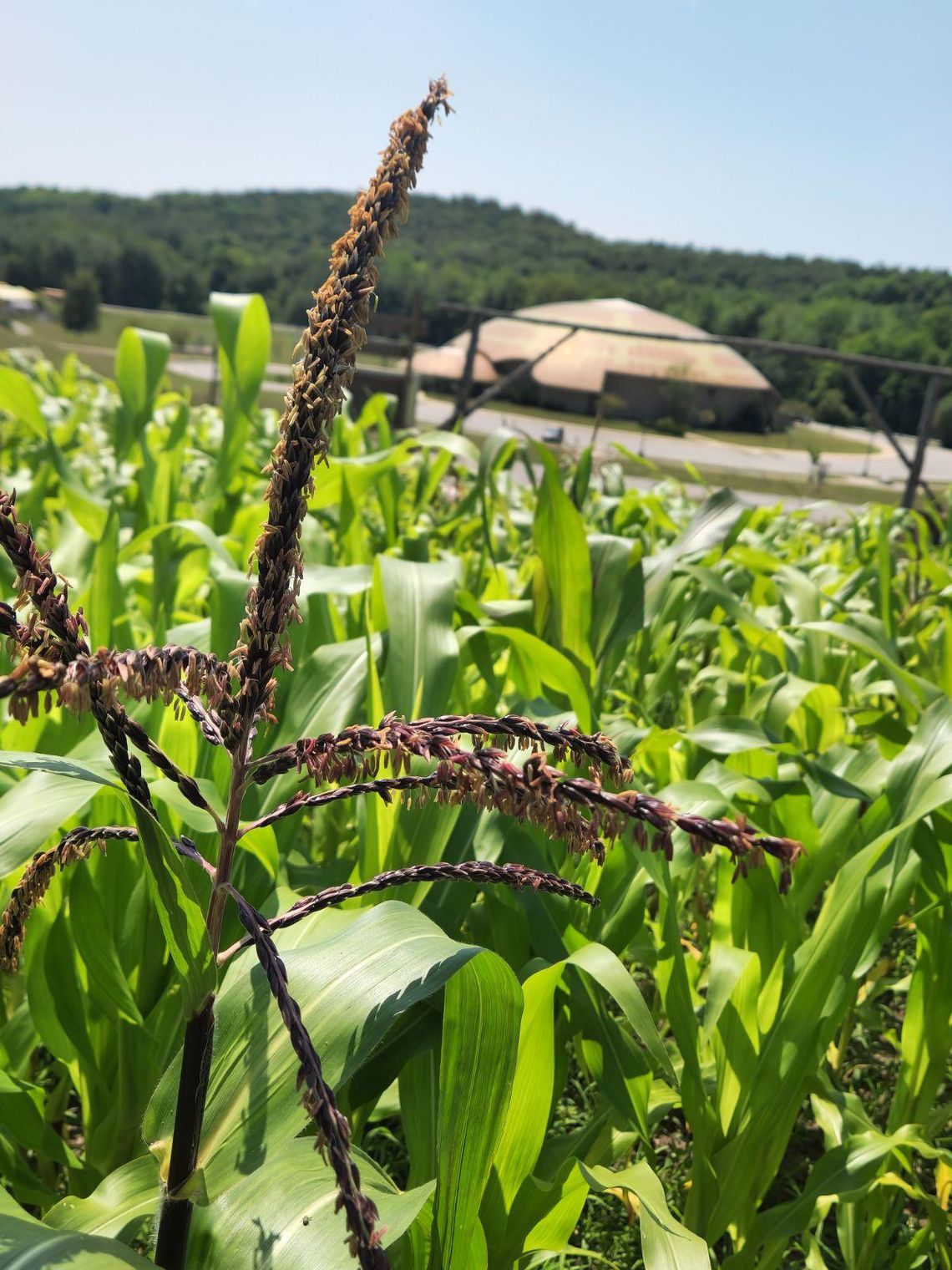The Grand Traverse Band of Ottawa and Chippewa Indians’ (GTB) Agriculture and Food Sovereignty department began its Community Harvest Days this month, providing fresh, healthy produce back to the community.
At the Peshawbestown Farm, there are over a dozen crops growing including tomatoes, peppers, onions, carrots, beets, peas, cucumber, melon, squash, corn, and more. Gete Okosomin squash, an heirloom variety, was one of the star traditional crops revived and planted a few years ago. The Gete has been planted at several different sites since it was first revived, including in Peshawbestown and in Grand Traverse county, having expanded to reach and feed more people in different communities.
“We’ve grown out enough that we’ve actually been able to grow it in a couple spaces that we’re working with like our allies at the (Traverse City) district library children’s garden — they’re growing a Three Sisters Garden there,” said Tera John, whose been working for GTB’s Agriculture and Food Sovereignty department for the last several years. “Then the Poor Farm in Leelanau also has some of the Gete growing there as well and a Three Sisters Garden. And the gentleman at the Botanic Gardens (at Historic Barns Park), Matthew Ross, has been growing some… Allies out in the world are helping me take care of it.”



